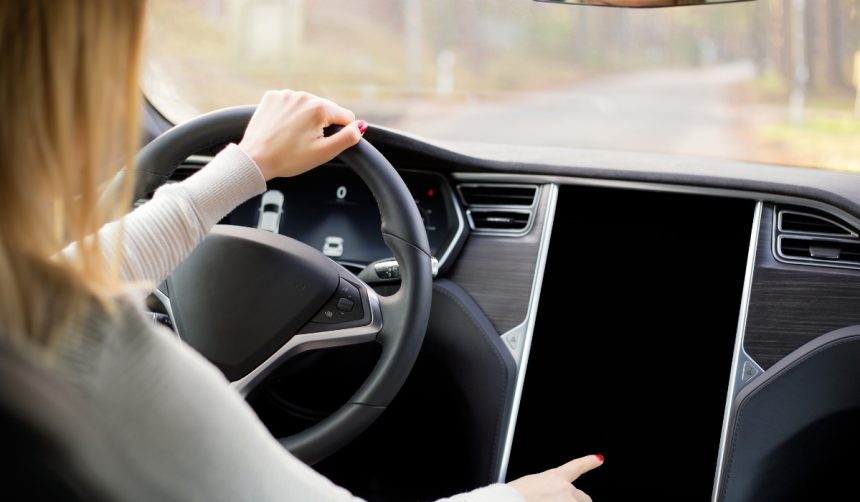Vandalism incidents targeting electric vehicles have been on the rise, sparking concerns among car owners and communities alike. In Bloomington, Minnesota, a recent case involving a Tesla parked at a local grocery store has added to this growing trend. The incident has raised questions about accountability and the measures in place to protect high-value vehicles from such acts. Community members are debating the implications of these actions and the responses from both law enforcement and vehicle owners.
Vandalism targeting Tesla vehicles is not an isolated occurrence. Over the past few years, there has been a noticeable increase in reported cases, reflecting broader tensions and challenges faced by owners of electric vehicles. Comparisons to past incidents show a persistent pattern where Tesla owners often become targets due to the brand’s high visibility and association with technological innovation. This trend underscores the need for enhanced security measures and community awareness to prevent future occurrences.
The Incident in Bloomington
A Tesla parked at a Cub Foods grocery store was subjected to vandalism, resulting in $3,200 worth of damages. The perpetrator, a woman from Bloomington, was apprehended by local police after the act. However, both the police department and the vehicle’s owner decided not to pursue criminal charges against her.
Community and Law Enforcement Response
Police Chief Booker Hodges addressed the situation, emphasizing the importance of compassion in handling such cases.
“The victim in this case just wanted their car fixed, and they just wanted the suspect to pay for that. Based on the totality of the circumstances here, and along with our core value of being compassionate, this is the best outcome for everybody involved in this case.”
This approach highlights a shift towards restorative justice, focusing on restitution rather than punitive measures.
Implications for Tesla Owners
The decision to forgo criminal charges has sparked a conversation about the broader impact on Tesla owners. While some see it as a compassionate resolution, others worry it may set a precedent that discourages accountability for vandalism against high-value vehicles. The case reflects a complex interplay between legal, ethical, and community considerations in addressing property damage.
The incident occurred in a context where Tesla vehicles have been frequent targets of vandalism. Previous cases have involved arson and extensive damage, leading to significant financial losses for owners. This pattern raises concerns about the safety and security measures available to protect such vehicles, as well as the societal attitudes towards electric car owners.
Addressing these challenges requires a multifaceted approach, involving enhanced security protocols, community education, and supportive legal frameworks. Ensuring that vehicle owners feel secure and that perpetrators are held accountable is essential for maintaining trust and safety in communities where electric vehicles are increasingly prevalent.
Effective prevention of vehicle vandalism involves collaboration between law enforcement, community members, and vehicle manufacturers. Implementing comprehensive security measures and fostering a culture of respect for property can mitigate the risks of such incidents. Additionally, transparent and fair legal processes can reinforce accountability while addressing the needs of both victims and offenders.
Protecting high-value vehicles like Teslas requires proactive strategies and community engagement. By understanding the underlying factors that contribute to vandalism and addressing them through targeted interventions, communities can create safer environments for all vehicle owners.










